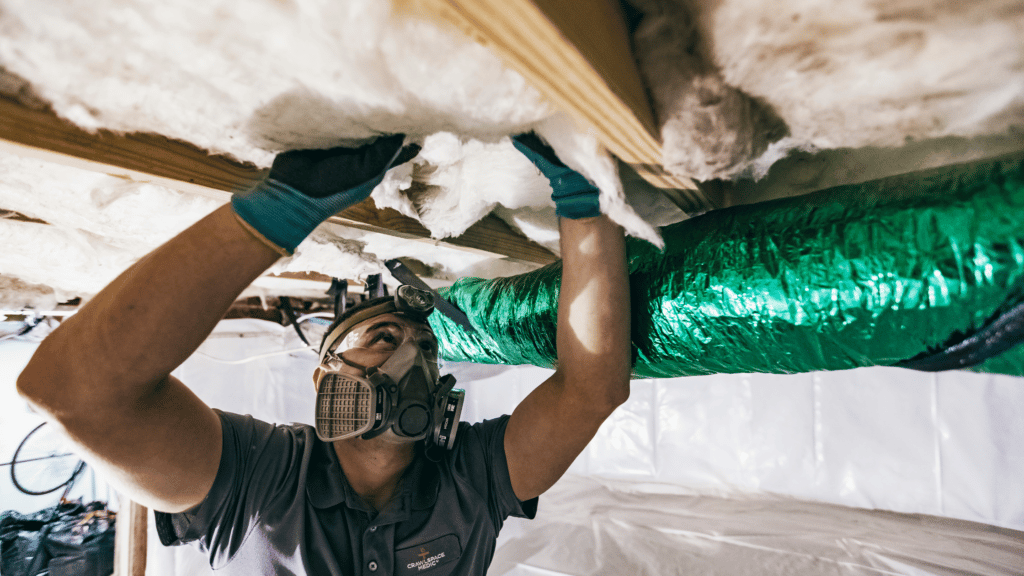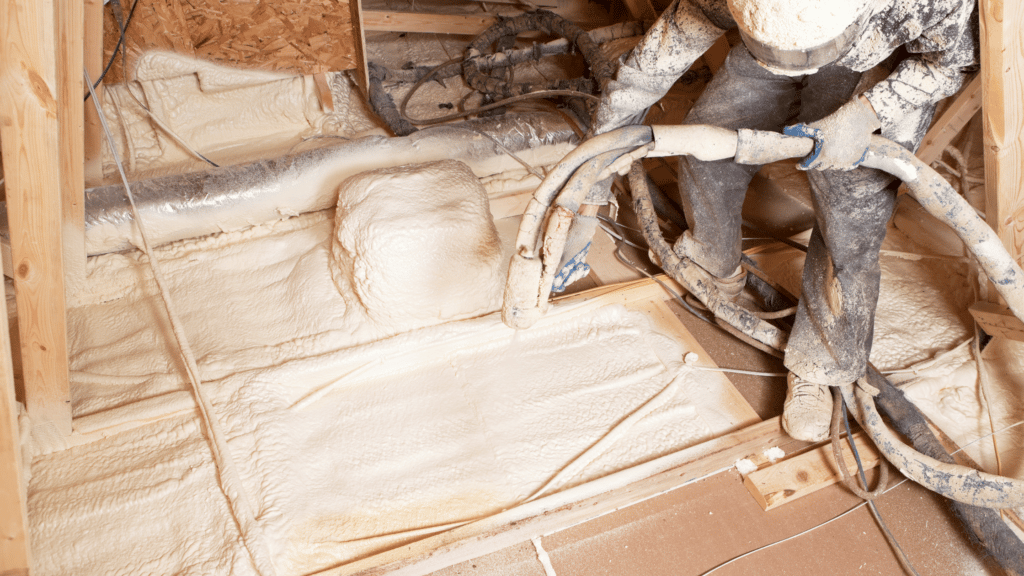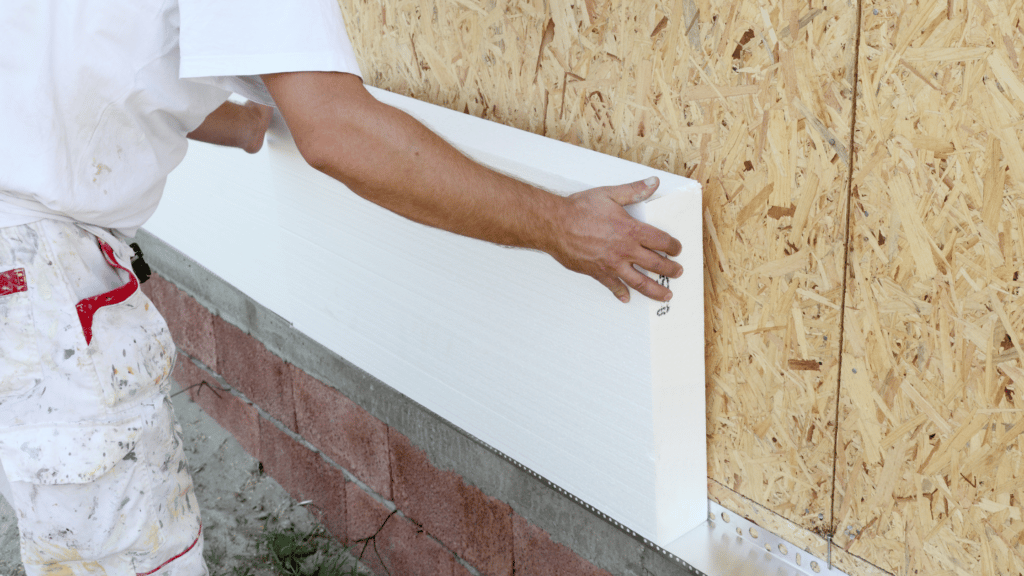Why You Should Insulate Your Crawl Space
Just like with other parts and rooms in your home, your crawl space should be insulated as well for similar reasons. Your crawl space holds a lot of important things that are vital to the health of your entire home, so protecting and caring for it is essential. Insulating your crawl space can save you money on your energy bills by keeping the warm or cool air in, depending on the time of year, making your entire home’s energy more efficient. Protecting it from the outside environment will also ensure that your crawl space maintains structural integrity and your home. The type of insulation you choose for your crawl space will be dependent on your wall type and your budget. We have outlined the most common types of insulation to help you determine which is best for you and your home. Have any questions, or are still not sure? Contact us for a free inspection today, where we can evaluate your crawl space condition and needs.
What Are the Different Types of Insulation?
There are 3 main types of Insulation that are used today to insulate crawl spaces.
- Fiberglass
- Closed Cell Spray Foam
- Foam Board
The most commonly typical one is Fiberglass insulation. However, we are starting to use Closed Cell Spray Foam and Foam Boards more often due to their easy installation process and other factors, which we will list below.
What are the benefits and disadvantages of each type of Insulation?
Fiberglass
Fiberglass insulation has many benefits for your home and that’s why it has been one of the most commonly used insulation methods since the 1930s. It can be placed in unfinished walls, floors, and ceilings, as well as fitted between beams, studs, and joists. This allows the opportunity for it to insulate your floors, keeping them at the perfect temperature throughout the year. Fiberglass is also a fairly cheap insulation method that many opt for, and can be readily available in many of your home department stores. We can easily provide and install your Fiberglass insulation today. However, there are some cons to using Fiberglass for your home. Mostly, if your crawl space has existing issues, from moisture problems to rodent infestation, it can be easy to miss these problem signs, even when one of our technicians is inspecting it. If you are installing Fiberglass for your home, it is important to have a proper, professional inspection today to look for any previous damage that your home may have.

Closed Cell Spray Foam
Closed Cell Spray Foam is becoming a more popular insulation option, and one of our favorites. First, it is a great sealant. The Closed Cell Spray Foam is placed along your foundation walls. Not only does it have a better look to it, but it allows us to remove your old floor insulation, making your floor framing open and easy to see. This method limits both the air and moisture that is entering and exiting your crawl space, which makes it a great option. However, with most crawl space issues, it will not fix problems such as high moisture levels and mold. It is still important to have your crawl space inspected so that way you do not have closed cell spray foam installed, which can trap any existing issues.

Foam board
A Foam Board is another good insulation option for your home. The Foam board is typically 2 inches thick and has a reflective outer layer. When your crawl space is equipped with a dehumidifier that is running, the foam board will reflect the heat right off of your walls and create good thermal efficiency.

Insulating your crawl space is always a good idea to protect your home in more ways than one. It can be a challenge to know what your home needs, so leave it to us to help you make a good choice, and ensure a proper installation.

